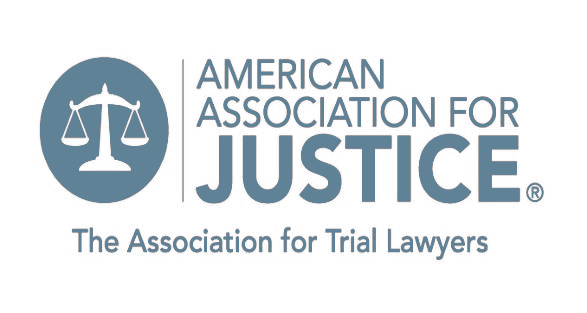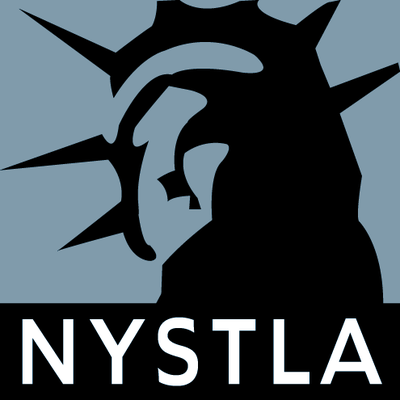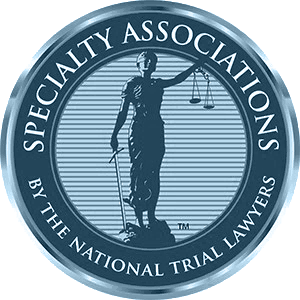Warning Signs of a Ceiling Collapse
Ceilings don’t generally collapse spontaneously–there are warning signs you can be on the lookout for. These include:

If you inform your landlord or building manager about these warning signs and the problem isn’t fixed right away, the ceiling may eventually collapse and the people involved in maintaining the building may be held liable for any injuries.
Schedule a Free Consultation





